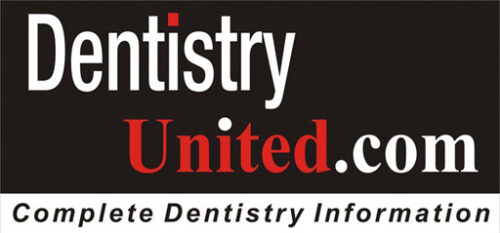Redefining Safety in Dental Clinics: Addressing Challenges in Patient Management
The primary challenge in dental clinics begins at patient reception, where the risk of exposure to infectious diseases remains a pressing concern. Patients themselves may unknowingly be asymptomatic carriers of viruses—COVID-19 being a pertinent example. As healthcare professionals, it is imperative to implement robust protocols to safeguard both patients and practitioners.
Key Measures for a Safer Dental Practice
-
Comprehensive Patient Screening
A thorough pre-appointment screening process should be established, including a detailed health questionnaire, temperature checks, and a requirement for patients to provide a certified COVID-negative report before entering the treatment area. -
Minimizing Patient Waiting Time & Contact
To limit unnecessary exposure, clinics should adopt a staggered appointment system, ensuring patients wait in designated isolation areas or remain in their vehicles until called in for treatment. -
Patient Protective Aprons & Sanitization
Upon entry, patients must adhere to a strict sanitization protocol, including handwashing with an antiseptic agent and the use of a disposable protective gown to minimize contamination risks. -
Staff Personal Protective Equipment (PPE)
Dental professionals and support staff must be fully equipped with PPE, including N95 masks, face shields, gloves, and disposable gowns, ensuring maximum protection during procedures. -
Enhanced Sterilization & Disinfection Protocols
Strict adherence to infection control guidelines is essential. Dental instruments, surfaces, and high-contact areas must be sterilized meticulously, and air purification systems should be employed to maintain a safe clinical environment. -
Defining Treatment Protocols
A standardized treatment framework must be in place, categorizing procedures based on their risk levels and determining necessary protective measures for each type of treatment. -
Upgrading Clinic Infrastructure
Dental clinics must invest in state-of-the-art ventilation systems, high-efficiency particulate air (HEPA) filters, and negative pressure rooms to reduce cross-contamination and ensure patient and staff safety. -
Addressing the Aerosol Challenge
Aerosol-generating procedures (AGPs) pose a significant risk in dental settings. The use of high-volume evacuators (HVE), rubber dams, and pre-procedural antiseptic mouth rinses can substantially minimize aerosol production and viral transmission.
A Call for Collective Insight
The safety of dental professionals and patients relies on continuous innovation, adaptation, and adherence to best practices. If you have additional insights or recommendations, we invite you to share your thoughts in the comments below. Let us collaboratively shape the future of safe and effective dental care.
